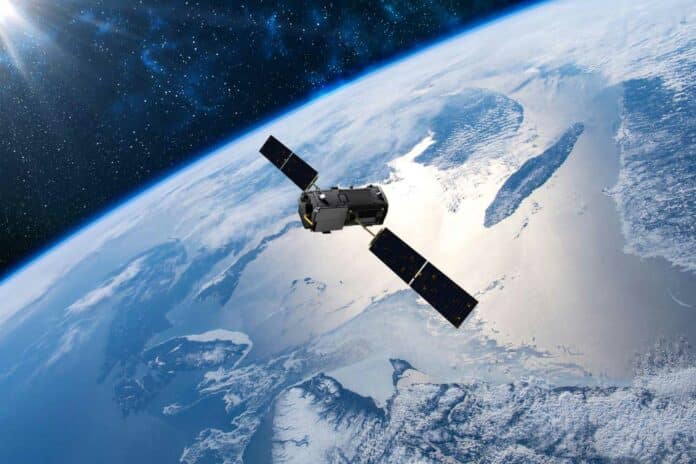Because of its short atmosphere lifetime, methane is the second most significant greenhouse gas contributing to climate change. However, reducing methane has been identified as one of the quickest ways to stop temperature increases. There is a significant and reasonably priced potential for mitigating active point sources connected to the fossil fuel industry.
Methane plumes can be found in remote sensing data. However, the current methods have a high false positive rate and require human intervention. Due to a lack of substantial real-world annotated datasets, machine learning research in this field is limited.
In collaboration with Trillium Technologies’ NIO.space, scientists from the University of Oxford have developed an AI tool that automatically detects methane plumes from space on Earth. This AI tool could help determine who the methane “super emitters” are and make it possible to take more efficient steps to reduce greenhouse gas emissions.
The tool detected methane plumes in data from hyperspectral satellites. Compared to more popular multispectral satellites, these have smaller detection bands, facilitating noise reduction and tuning to the precise methane signature. But because of the volume of data they generate, processing them without artificial intelligence (AI) becomes difficult.
Scientists trained their model using 167,825 hyperspectral tiles captured by NASA’s aerial sensor AVIRIS over the Four Corners area of the USA. After that, the algorithm was used to analyze data obtained from additional hyperspectral sensors in orbit, including NASA’s recently launched EMIT (Earth Surface Mineral Dust Source Investigation mission) hyperspectral sensor, which is mounted on the International Space Station and offers almost complete coverage of the planet.
The model detected huge methane plumes with an accuracy of over 81%*, 21.5% better than the previous best method. Additionally, compared to the most accurate previous methodology, the method’s false positive detection rate for tile categorization improved significantly, falling by almost 41.83%.
Lead researcher DPhil student Vít Růžička (Department of Computer Science, University of Oxford) said: “Such on-board processing could mean that initially, only priority alerts would need to be sent back to Earth, for instance, a text alert signal with the coordinates of an identified methane source. Additionally, this would allow for a swarm of satellites to collaborate autonomously: an initial weak detection could serve as a tip-off signal for the other satellites in the constellation to focus their imagers on the location of interest.”
Scientists have open-sourced both the annotated dataset and the code used for the model on the project page at GitHub. As part of the NIO.space program, they are currently investigating whether the model may function directly aboard the satellite, enabling additional satellites to carry out follow-up observations.
Journal Reference:
- Růžička, V., Mateo-Garcia, G., Gómez-Chova, L. et al. Semantic segmentation of methane plumes with hyperspectral machine learning models. Sci Rep 13, 19999 (2023). DOI: 10.1038/s41598-023-44918-6
